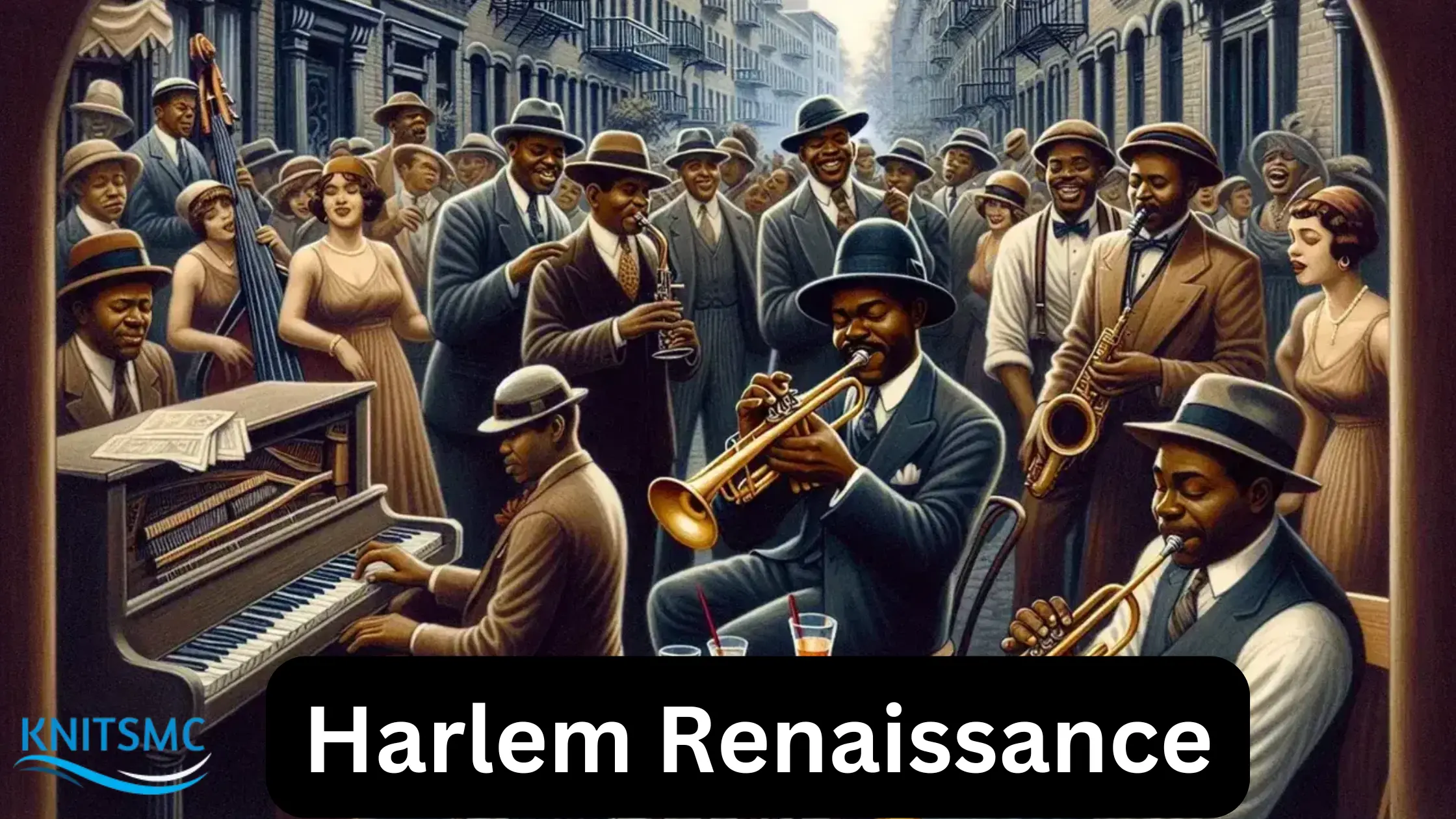Table of Contents
In the ever-evolving art world, illustration styles are crucial in shaping how we perceive and create visual stories. Whether you’re an experienced artist or just starting, exploring different illustration styles can unlock new creativity levels and instantly transform your art. In this article, we will dive into the latest exciting updates and reveals in the world of illustration that are bound to inspire and elevate your artwork.
Understanding Illustration Styles
What Are Illustration Styles?
Illustration styles refer to the different ways artists visually express ideas and concepts. From realistic depictions to abstract designs, these styles encompass various techniques and approaches artists use to bring their ideas to life. Each style has unique characteristics, making it suitable for different projects, whether for books, advertisements, or digital media.
Why Explore Different Illustration Styles?
Experimenting with various illustration styles can open up new possibilities in your artistic journey. It lets you discover which styles resonate with your vision and the stories you want to tell. Moreover, understanding and mastering different styles can make you more versatile as an artist, enabling you to adapt to various creative demands.
Latest Trends in Illustration Styles
The Rise of Minimalist Illustration
One of the most popular illustration styles today is minimalism. Minimalist illustrations focus on simplicity, using clean lines and basic shapes to convey complex ideas. This style is perfect for modern designs, especially in digital media, where less is often more. The rise of minimalist illustration is a testament to the power of simplicity in visual communication.
Exploring the World of 3D Illustrations
3D illustrations are gaining traction as technology advances, allowing artists to create lifelike and immersive visuals. This illustration style adds depth and dimension to your artwork, making it more engaging and dynamic. Whether for animations, video games, or marketing materials, 3D illustrations transform how we experience visual content.
Hand-Drawn Illustrations: A Timeless Classic
In contrast to the digital age, hand-drawn illustrations bring a personal and authentic touch to art. This illustration style is characterized by its raw and organic feel, often featuring visible pencil marks and imperfections that add character. Hand-drawn illustrations are perfect for projects that require a warm and human touch, such as children’s books or personalized gifts.
How to Choose the Right Illustration Style

Consider Your Audience
When selecting an illustration style for your project, it’s essential to consider your audience. Different styles appeal to other demographics, so understanding your target audience can help you choose a style that resonates with them. For example, a playful and colorful style might be ideal for a children’s book, while a sleek and modern style could be better suited for a tech company’s branding.
Match the Style to Your Message
Your chosen illustration style should align with the message you want to convey. A retro or vintage style might be appropriate if your project is meant to evoke nostalgia. On the other hand, if you’re aiming for a futuristic vibe, a more abstract or 3D style could be the way to go. The key is to ensure that the style enhances your message rather than detracts from it.
Experiment and Combine Styles
Don’t be afraid to mix and match different illustration styles to create something unique. Combining styles can produce innovative and eye-catching results, making your artwork stand out. For instance, blending minimalist designs with hand-drawn elements can create a modern yet personal aesthetic.
Also Read: Handwriting Styles: Unlocking the Secrets to Your Unique Script
Tips for Mastering Different Illustration Styles

Start with the Basics
If you’re new to exploring different illustration styles, start with the basics. Learn the fundamental techniques of each style, such as line work, shading, and color theory. Understanding the core principles will give you a solid foundation to build upon as you experiment with more complex styles.
Practice Consistently
Like any skill, mastering different illustration styles requires consistent practice. Set aside time each day to work on your illustrations, focusing on a specific style you want to improve. Over time, you’ll develop a deeper understanding of the style and be able to create more polished and professional-looking artwork.
Seek Inspiration from Other Artists
Look to other artists for inspiration as you explore different illustration styles. Analyze their work to see how they use various techniques and approaches to create compelling visuals. This can give you new ideas and help you develop your unique style.
Exploring different illustration styles is an exciting journey that can significantly impact your artistic growth. You can instantly transform your art by understanding the latest trends, choosing the right style for your project, and practicing consistently. Whether you’re drawn to minimalist designs, 3D illustrations, or hand-drawn sketches, a world of possibilities is waiting for you.





